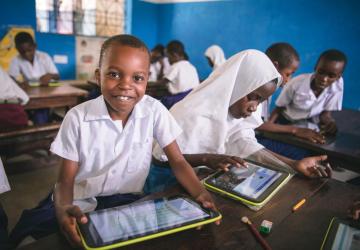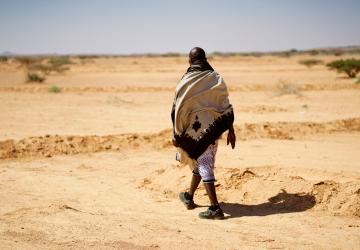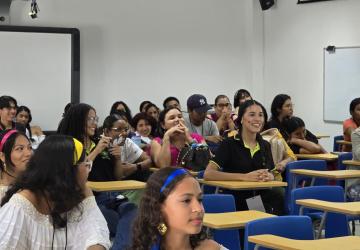A Call for Global Action: Forging Peace with Nature
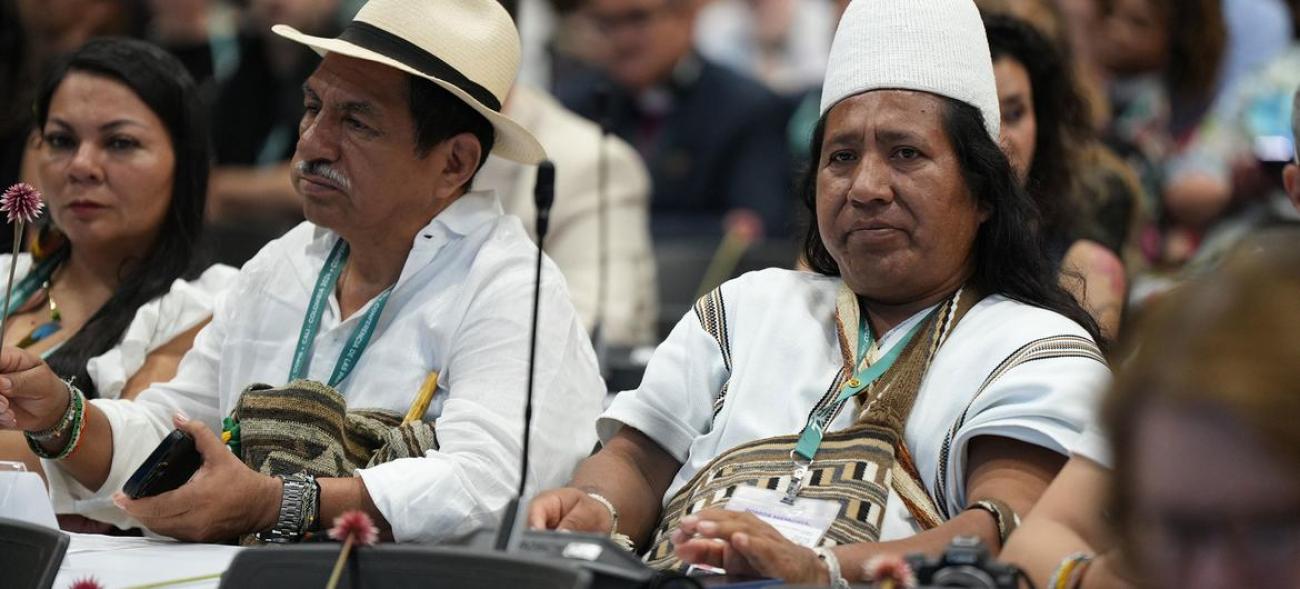
The Colombian Amazon, a realm of vibrant life, teeters on the brink. Deforestation and exploitation scar this paradise, a microcosm of the global biodiversity crisis threatening our planet. This is not just a Colombian story; it's a global challenge demanding urgent action. The very air we breathe, the water we drink, and the stability of our climate depend on a thriving natural world.
This year marks a pivotal moment. Three Conference of the Parties (COPs) coincide – those on biodiversity, climate change, and desertification. In doing so, they underscore the interconnectedness of these global challenges and the urgent need to redefine our relationship with nature.
Last week, Colombia hosted the 2024 UN Conference on Biodiversity, COP16, the first meeting since the adoption of the Kunming-Montreal Global Biodiversity Framework. This landmark framework, agreed upon at COP15 two years ago, set ambitious targets for safeguarding biodiversity, including the "30 by 30" goal to protect 30 percent of the planet's land and ocean areas by 2030 and halt human-induced extinction.
Colombia, as host of COP16, championed "Peace with Nature," underscoring the urgent need to translate the Kunming-Montreal Global Biodiversity Framework into tangible action. The conference achieved some notable successes, such as the historic recognition of Indigenous Peoples and local communities as key stewards of biodiversity, establishing a dedicated subsidiary body to ensure their full and effective participation in conservation efforts. Likewise, the creation of a global fund for the equitable sharing of benefits from digital sequence information is a great first step in recognizing that those that profit from scientific knowledge of our biodiversity should pay for conserving it.
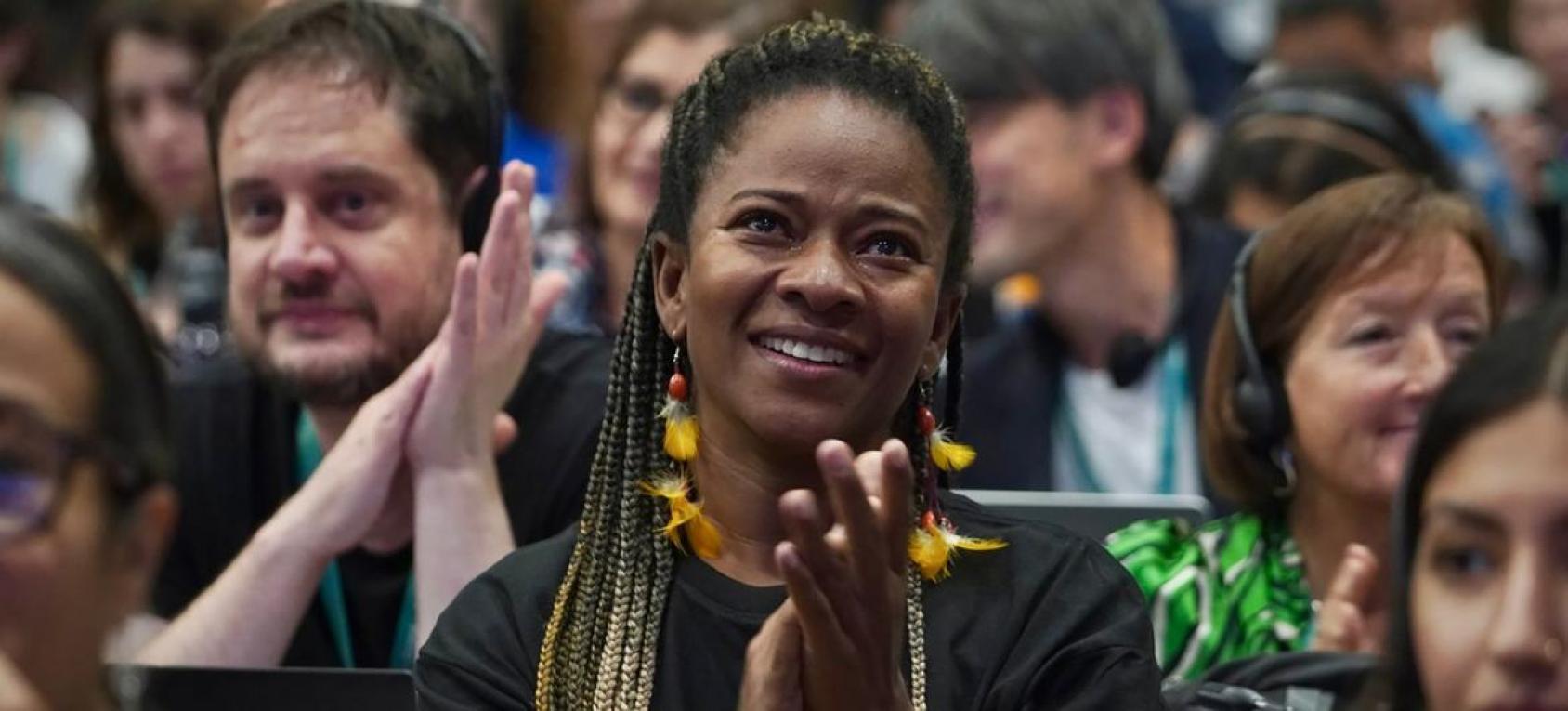
Yet, critical challenges remain. A key point of contention throughout the negotiations was the significant financing gap, and ultimately, while COP16 initiated important discussions on financing, the development of a concrete model remains a critical task for future negotiations. Furthermore, questions linger about whether the voices of Indigenous Peoples, people of African descent, local communities, women, and youth will be genuinely included in decision-making processes, despite the conference recognizing their crucial role in biodiversity conservation. The lack of a robust monitoring mechanism also raises doubts about accountability and the ability to effectively track progress towards the framework's goals.
The meeting sought to be a "people's COP," recognizing that solving the biodiversity crisis requires the representation and active participation of everyone. To encourage this, COP16 featured a dedicated "Green Zone," designed to foster engagement from anyone interested in making their voice heard. This zone, open to the public, aimed to facilitate conversations, inspire concrete actions for biodiversity conservation, and strengthen citizen participation in key environmental discussions.
Indigenous peoples, as custodians of biodiversity for millennia, hold invaluable knowledge and solutions. Yet, for too long, their voices have been marginalized and their knowledge undervalued. COP16 provided a platform for indigenous leaders to advocate for their rights and remind the world that conservation requires that we venture into the heart of communities most impacted by biodiversity loss.
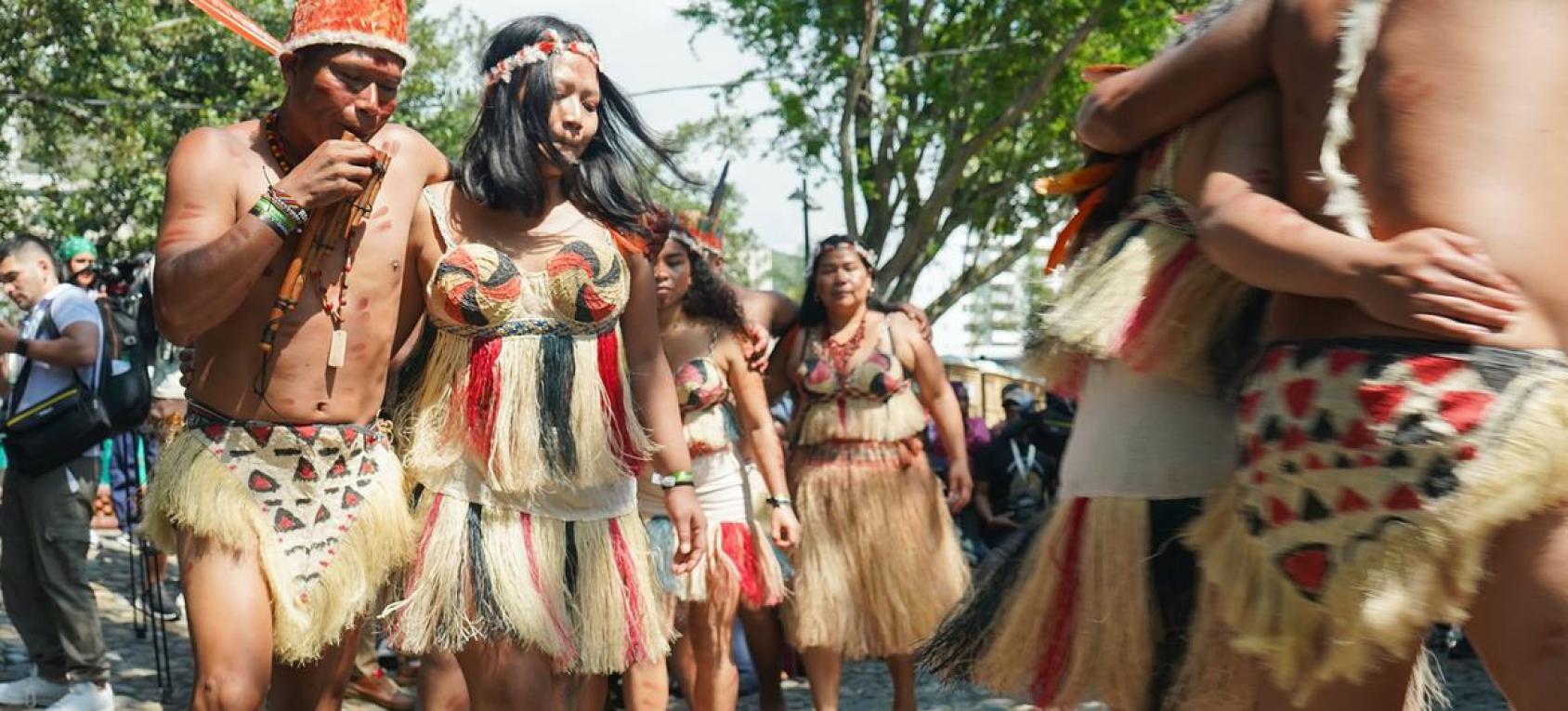
Local communities, bearing witness to the devastating consequences of biodiversity loss—dwindling rivers, diminishing fish stocks, vanishing forests —possess an intimate knowledge of the land, vital for developing effective conservation strategies. Across the globe, women often serve as primary stewards of their environments, holding a wealth of traditional knowledge and a deep understanding of sustainable practices. Their equal representation and leadership are essential, not merely for fairness, but for achieving truly sustainable solutions. Young people are the generation that will inherit the consequences of our actions, and they need to shape the agenda of tomorrow. People with disabilities, who are often overlooked in environmental discussions, bring lived experiences that can enrich our understanding of conservation challenges.
COP16 brought these voices to the table, but the true test lies in how they are integrated into the implementation of the Kunming-Montreal Global Biodiversity Framework. This is where the UN system, with its global reach and diverse expertise, has a crucial role to play.

As Resident Coordinator, my role is uniquely positioned to bridge the gap between global commitments and local action. It's about fostering collaboration, ensuring that the voices of those often overlooked are not just heard, but actively shape the implementation of National Biodiversity Strategies and Action Plans (NBSAPs). The UN has long been a partner in Colombia's peace process, recognizing the undeniable link between conflict and biodiversity loss. Internal displacement, forced migration, illicit crops, and deforestation all take a heavy toll on our natural world. But this is also a historic opportunity. By integrating environmental considerations into every stage of peacebuilding, we can ensure that sustainable development and conservation reinforce each other in conflict-affected areas. This requires convening diverse stakeholders, from government ministries and indigenous leaders to local communities, NGOs, and the private sector, to create truly inclusive and participatory processes. It requires coordinating across sectors, breaking down silos, and fostering a systemic approach that integrates biodiversity conservation with climate action, sustainable land management, development, and social inclusion. The UN's vast network can be leveraged to mobilize resources and expertise, channeling financial and technical support to empower communities to lead their own conservation efforts. We can also support in holding governments and the private sector accountable, monitoring progress and ensuring that commitments translate into tangible improvements in the lives of people and the health of the planet.
COP16 has concluded, but the journey towards peace with nature has just begun. The Kunming-Montreal Global Biodiversity Framework provides the roadmap, but it is in the collective spirit of action that we will find our way. The Colombian Amazon, with all its beauty and fragility, stands as a reminder that this is not merely about achieving targets, but about the shared responsibility to transform our relationship with the natural world, recognizing that its health is intrinsically linked to our own. Together, we can create a future where we are at peace with nature.
This article was written by United Nations Resident Coordinator in Colombia, Mireia Villar Forner.






